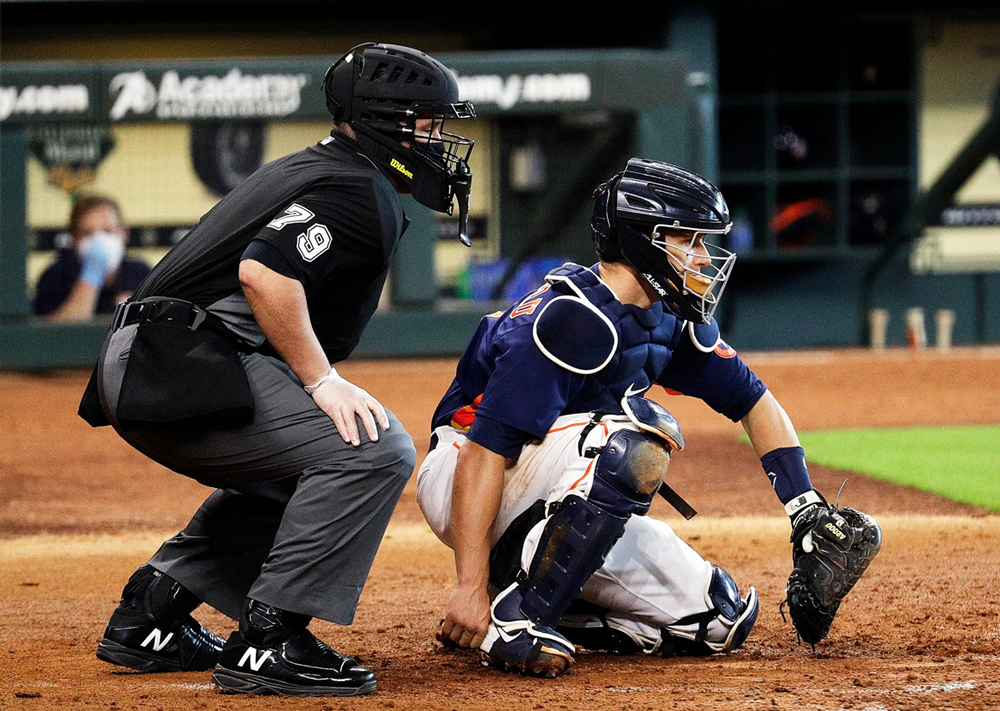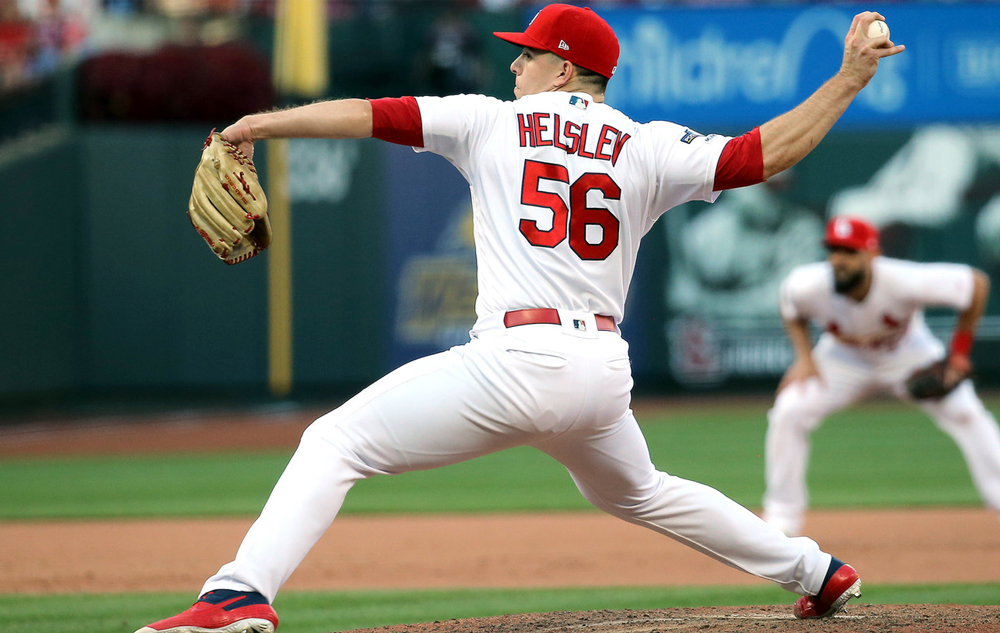Minor league baseball, often referred to as the breeding ground for future Major League stars, is a beloved aspect of the sport in the United States. While many fans are familiar with the excitement it offers, there’s a common question that often arises: how many innings are played in minor league baseball? In this article, we’ll delve into the structure, rules, and nuances of minor league baseball games, shedding light on this captivating world.
The Basics of Minor League Baseball
Before we dive into the specifics of innings, let’s establish the foundation of minor league baseball. Minor league baseball serves as a developmental system for young, aspiring baseball players. It consists of several levels, each representing a different stage of a player’s progression towards the major leagues. These levels include Rookie Ball, Class-A, Double-A, and Triple-A.
Exploring Minor League Baseball: How Many Innings are Played? – A Minor League Baseball games last around 2 hours and 30 minutes to 3 hours.
Regulation Games: Nine Innings
In the vast majority of cases, minor league baseball games are played over nine innings. This closely mirrors the regulation games in Major League Baseball. The traditional nine-inning format allows for a well-rounded display of baseball skills and tactics.
Extra Innings

Just like in the Major Leagues, minor league baseball games can go into extra innings. Extra innings occur when the score is tied at the end of the ninth inning. In these situations, the game continues, with each team taking turns to bat and field until a winner is determined. This aspect of minor league baseball can create some of the most thrilling and suspenseful moments in the sport.
Rare Exceptions: Seven-Inning Doubleheaders
While nine innings are the norm in minor league baseball, there is an exception in the form of doubleheaders. In some cases, teams may play two games in a single day, and these games can be shortened to seven innings each. This rule was implemented to conserve player energy during doubleheader days.
The Influence of Major League Changes
It’s worth noting that the number of innings in minor league baseball has been influenced by rule changes in Major League Baseball. In 2021, Major League Baseball introduced seven-inning doubleheaders as a way to manage a congested schedule and reduce player fatigue. This change had a ripple effect on the minor leagues, resulting in the adoption of the same rule for doubleheaders.
Importance of Pitching in Minor League Baseball

The duration of a baseball game often depends on the effectiveness of the pitchers. Strong pitching can lead to quicker innings, while struggling pitchers may prolong the game. As a result, minor league teams invest heavily in developing their young pitchers to enhance their performance and ensure that games proceed smoothly.
Conclusion
In conclusion, minor league baseball typically consists of nine-inning games, mirroring the regulations of Major League Baseball. Extra innings can be played in the case of a tie, providing fans with thrilling, extended contests. However, in doubleheader situations, games can be shortened to seven innings. The influence of Major League rule changes can also impact the structure of minor league games. Understanding these nuances enriches our appreciation of this vital developmental league that contributes to the future of America’s pastime.
As a fan, it’s important to grasp these intricacies to fully enjoy the exciting world of minor league baseball. While various factors impact the quality of minor league baseball games, from player development to fan engagement, knowing how many innings are played is a fundamental aspect of this captivating sport.
